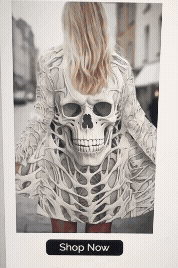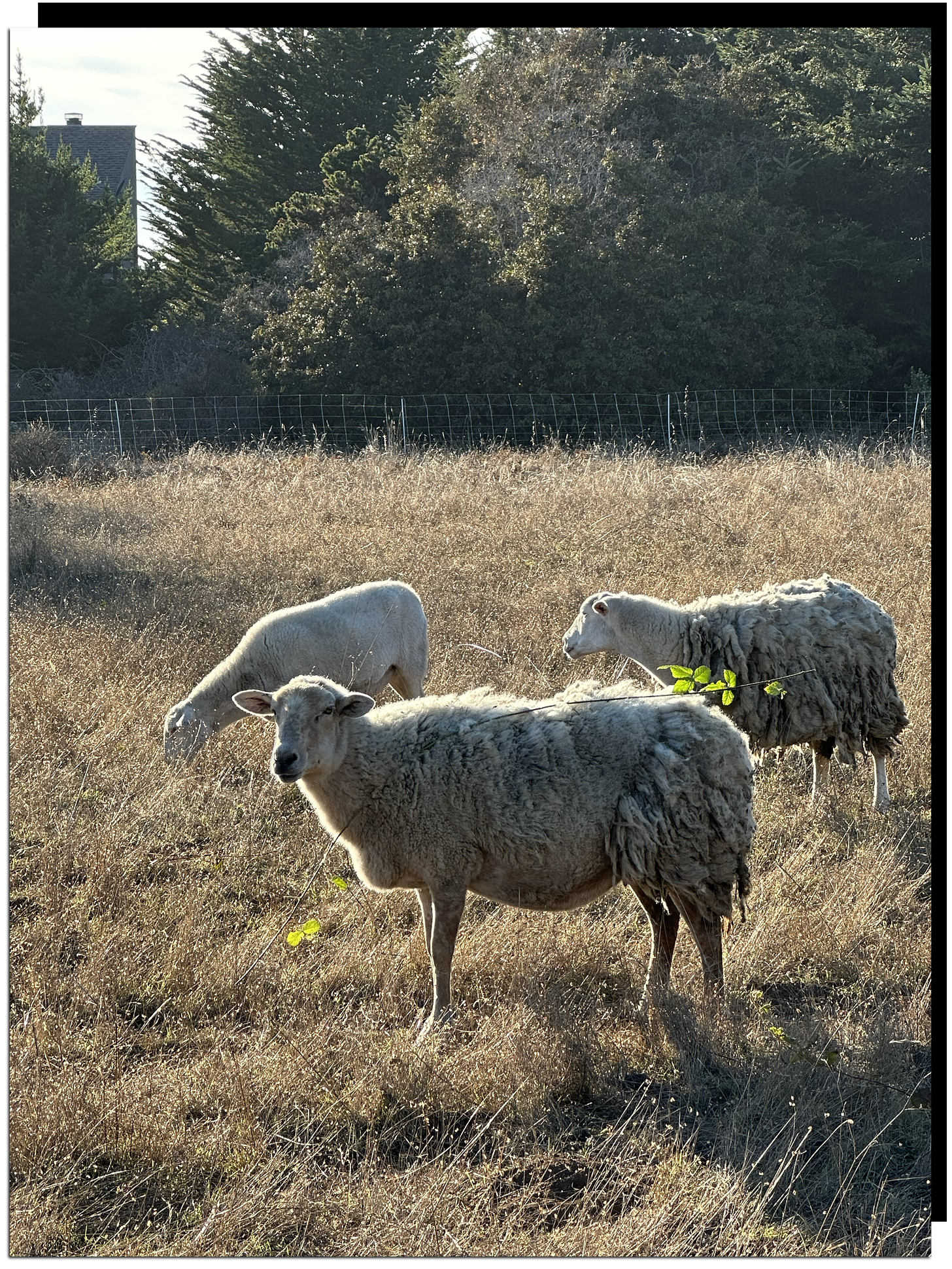How can you care about clothes in dystopian times?
What we owe ourselves, and what we owe others
Our interviews with Nathan Fielder, Brendan from Turnstile, Adam Sandler, Issy Wood, MJ Lenderman, Evan Kinori, Steven Yeun, Maya Hawke, Bon Iver, André 3000, Sandy Liang, Matty Matheson, Laraaji, Ryota Iwai from Auralee, Tyler, The Creator, John C. Reilly, Rashida Jones, Father John Misty, Kate Berlant, Camiel Fortgens, Clairo, Conner O’Malley and more are here.
The world’s best store just started shipping to the U.S. again. Check it out in our monumental new list of the 50 Slappiest Shops across the Spyplane Universe.
Mach 3+ city intel for traveling the entire planet is here.
Our Cool Mom Style Guide is here.
A reader wrote in the other day with a question about making a style & culture sletter during Especially Dark Times:
Do you find it difficult to write about clothes, vibes, etc., while the world feels so dystopian right now? — marcelduchump
When the news is as bleak as it’s been, it can feel difficult to do anything besides full-time organizing and activism with a clean conscience. But the implication here is that caring about clothes is particularly frivolous, in a way that Especially Dark Times throw into stark and untenable relief. I don’t entirely agree with that implication. But I can’t just dismiss it, either.
The broad stereotype of the capital-F Fashion World as a wasteland of vapid, vain, cosseted, status-obsessed people is overblown — that description is much more meaningfully and impactfully true of the supposedly more “serious” world of finance — but it’s not baseless. We wear clothes in order to manage and enhance the way we look, and so there is something inescapably, definitionally self-centered in caring a lot about them. This is not true in the same way of other creative forms that people love and take on as hobbies.
What’s more, nice, well-made clothes have become an increasingly costly extravagance. Extravagance in itself isn’t unethical — not damningly, anyway. But we should absolutely feel a little queasy indulging in it despite a coincident awareness of others’ intense suffering. And these days, awareness of others’ suffering is constant and total, whether you’re a mile away from it, or halfway around the planet. Seeing footage of ICE raids in L.A. and hospital bombings in Gaza on your phone, knowing that your taxes are helping to fund both, and then going out to enjoy a farm-to-table tasting menu, or to cop an artisanal hand-loomed shirt, should create some cognitive dissonance within you.
Clothes also blur the line between craft and commodity to a degree that’s unique among creative forms. This makes it much harder to separate an interest in clothes from participation in the consumer culture, and we know that consumerism is not merely some idle, apolitical distraction from the global economic / war machine that immiserates populations the world over while waging an assault on non-human species and the environment. The consumer culture operates hand-in-glove with that machine.
You and I didn’t create these contradictions. But in our understanding of what it means to be fully, compassionately human, we find ourselves compelled to honor their weight, rather than simply wave them away — to accept some responsibility for them, and to try to figure out how we might act on that responsibility.
All of this, I think, helps to explain why no one really questions whether it’s “difficult” to care about, e.g., music, film, dance, etc., in the same blanket way they’re prone to do about clothes.
But I want to take a harder look at the belief, commonly held, that an interest in putting that s--t on is inherently frivolous. I have a professional stake in the matter, of course, as the co-author of a beloved newsletter about clothes-related topics.
But I’m also always eager to examine which aspects of my interest in clothes do feel indefensibly frivolous, which feel defensibly frivolous — because frivolity has its place in life — and which aspects of caring about clothes are not frivolous at all but, quite the contrary, connect us to deeper values of human interconnection, meaning-making and spiritual satisfaction. These are the exact kinds of values worth affirming, especially in Especially Dark times.
A big reason why Erin and I have fun doing this newsletter is that we designed it as a place where we and our readers can engage with clothes along many vectors besides just Buying S--t.
There are publications and creators whose bread-and-butter is commerce-driven roundups. Erin and I obviously love identifying cool s--t, and we regularly and clairvoyantly link to yanking slappers eons before other people have ever heard of them. But if that was the only thing we did — if we collapsed the totality of what Caring About Clothes can mean into its acquisitive dimension alone — it would depress us, even in the sunniest of historical moments.
We will never deny that acquiring a Great Pant feels awesome. But copping contains within it a dopamine hit that, chased over and over again, to the exclusion of doing other things with one’s time and mind, delivers diminishing returns and, like any addiction, risks hollowing out your insides, lowering your swag, and alienating you from other people.
And so we keep it front of mind that an interest in clothes is about much more than buying them. What we put on our skin — how we augment our bodies, and our movements, through the garments we wear — is a thoroughly quotidien and, at the same time, profound thing.
Profound in a lot of ways, not limited to these 5:
All garments are made from materials that originated in the precious Bosom of Gaia herself, whether they’re natural fibers, coaxed from plants or combed, shorn and cut from animals; or even synthetics, derived from the fossils of ancient cuties.
The fact that people who I don’t know carefully farmed and harvested plants; other people spun and wove the plant fibers into cloth; and still other people cut and sewed that cloth into the shirt I’m wearing as I type this sentence represents a beautiful series of nested gifts. They’re just gifts we’ve been alienated from, and habituated to take for granted, thanks to mass production and mass retail.
People who work hard to design beautiful, ingenious, well-made clothes and put them into the world are, much like composers, conductors and orchestras, collaborating to put Slapper Symphonies into the World. They are engaged in admirable, soul-ennobling, world-beautifying work worth celebrating — especially if they don’t call themselves “passionate” in the process.
Clothing communicates something about who we are to other people. Not everything. But something. Our clothes speak on our behalf in a rich, ever-shifting social language whose workings we can analyze and better understand via Big-Brained Spyplanean Sauce Semiotics, but which will always generate a fascinating excess of meaning —sometimes swaggy, sometimes unswaggy — beyond our grasp.
The clothes we wear assume further meaning as we live life in them, wash them, sculpt them to our bodies, get dope stains, as opposed to disgusting ones, on them, lovingly pan-sear them, and otherwise bake memories, stories, joys, heartaches, etc., into their threads.
Erin and I try to reflect and grapple with this expansiveness here in the Plane, whether it’s by interviewing people who make great things about how and why they do it; talking to them about unique, personally cherished possessions whose value to them tends to have nothing to do with a pricetag; developing remedies for compulsive copping and writing about how much doper it is to actually wear clothes than it is to get stuck on a swagless State of Shopping hamster wheel; mapping the machinations of trends, microtrends and nanotrends; and arguing that doing good work that inscribes you within the social fabric is itself a powerfully enswaggening force.
Sometimes we even explore topics that have nothing to do with clothes or design at all — but a lot to do with style and delight — like the pristine, spring-loaded sentences of Spyplane Prose North Star P.G. Wodehouse.
Wodehouse was a humorist who wrote about the idle rich at the start of the 20th century. He’s a perfect figure to end on here, because, as I wrote in my 2022 sletter about him, one recurring criticism of Wodehouse concerns his interest in writing about an insular, oblivious, upper-class world where the ugliness and mess of “real life” is magically kept at bay, to an extent that some readers find ethically stunted.
In 2020, during the early days of the Covid lockdowns, Rivka Galchen grappled with this question head on, writing about the time Wodehouse spent in a German internment camp during WWII, after which he did lighthearted radio broadcasts about life in the camp (!) for the German Foreign Office. Some Britons accused him of doing Nazi propaganda, but he maintained he was just operating on some classic British stiff-upper-lip s**t.
Galchen, thinking through this, argued that Wodehouse’s “books are cozier than cozy mysteries, and, like a mystery, they help take one’s mind off real calamities” — and concluded that his “resilient happiness, to me, remains heroic.”
I’m inclined to agree with her. Thinking about it a bit further, though, there are different forms of happiness, aren’t there?
In the same way that extravagance isn’t inherently immoral, neither is happiness inherently moral. And it feels reasonable to suggest that, in order for happiness to count as moral — which is to say, for happiness to count as truly nourishing — it must have a pro-social component. It’s got to be based in an awareness, rather than an avoidance, of how much we owe to others.
This requires that sometimes we do more than just find ways to entertain, divert, and delight ourselves. It requires that we defend our neighbors from masked kidnappers, and make lots of noise at 2 a.m. outside of the hotels where those kidnappers are trying to sleep; that we support causes we know to be just, even when governments speciously declare such support illegal, shout out to certified Real One Sally Rooney; join picket lines; advocate for tenant’s rights, because lower rents have all kinds of societally beneficial knock-on effects; give what we can to hungry people; help rescue ailing animals from factory farms; and so on.
Caring about clothes — really caring about them — turns out to be a two-pronged proposition. Yes, it’s an invitation to focus on your own image, and your own comfort. But it’s also an invitation to confront, measure, and honor your interconnectedness with, and obligation to, others.
Nothing good will come from focusing on the one if you ignore the other.
Peace until next time,
— Jonah & Erin
Classified-Tier Spyfriends request, share and receive Mach 3+ recommendations in our SpyTalk Chat Room.









i just got a job that pays more than my old one and something i've been talking to friends a lot about lately, and i think that y'all have written about before, is basically the idea of "if you want smaller/slower stores and brands and lines to continue to exist, if you want people to be able to have their job be 'clothing maker' the way people's jobs can be 'painter' or 'sculptor' or 'furniture designer', and you have the means, then you need to pay into this stuff." and i think there's an element of noblesse oblige there: (after you've done a fair amount of charitable donation) if you can afford to be extravagant, i think you have an obligation to put that extravagance into your community and the greater (still p small) economy of Intentional Clothes, and not just go to lvmh kering whatever and blow a bag, and also not just hoard all your money either. like, if you can, pay into the world you want to live in!
Thank you for addressing this! It's easy to get locked into the black and white.
Something strikes me about the idea that extravagance isn't always immoral. I'll have to sit with that one. It's almost easier for me to think of it this way: extravagance will always come with a cost that ties to immorality, yet immorality is a normal part of everyday life, impossible to cut out. Instead of thinking extravagance (or fashion or whatever other thing that seems frivolous) isn't always immoral, it's easier for my brain to lump it in with the idea that immorality is, has always been, and will always be at least a sliver of humanity. At *least* a sliver of every life lived.
If I can accept that my decisions go against my values at least somewhat all the time, it kind of loosens the release valve and I'm freer to make better decisions, if that makes sense.